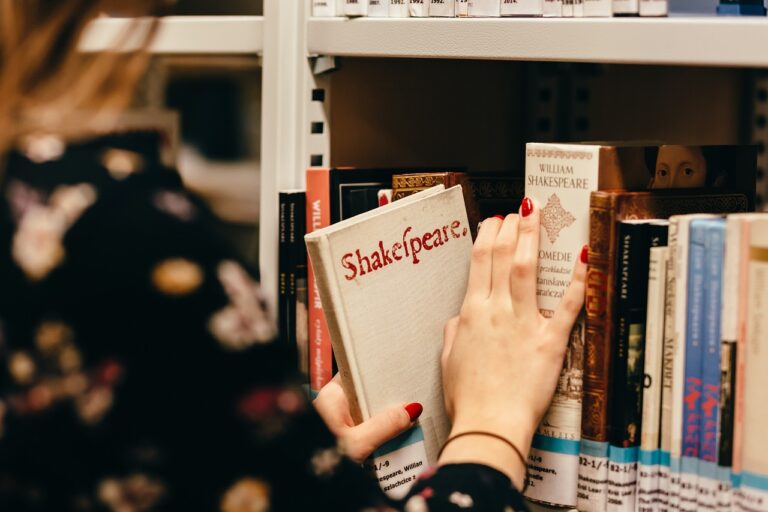Personalized Learning Plans: Tailoring Education to Individual Needs
Customized education plays a pivotal role in ensuring that each student’s unique needs and learning styles are catered to effectively. By tailoring educational approaches to individual students, educators can address learning preferences, strengths, and weaknesses more accurately. This personalized learning experience fosters a deeper understanding of concepts, leading to improved academic performance and increased engagement in the learning process.
Furthermore, customized education promotes a sense of empowerment and autonomy among students as they take charge of their learning journey. By receiving tailored instruction and support, students are more likely to develop a positive attitude towards learning and build confidence in their abilities. This individualized approach also creates a supportive environment where students feel understood and valued, enhancing their overall academic experience and growth.
Understanding Different Learning Styles
Students possess varying learning styles that impact how they absorb and comprehend information. Some individuals are visual learners, relying on images, graphs, and charts to grasp concepts effectively. These learners benefit from seeing the material presented in a visually stimulating manner that aids in their understanding.
On the other hand, auditory learners absorb information best through listening and hearing. They prefer lectures, group discussions, and verbal instructions as these methods resonate with their learning style. Auditory learners excel when explanations are communicated aloud, allowing them to absorb the material more readily.
• Visual learners rely on images, graphs, and charts to grasp concepts effectively
• Benefit from seeing material presented in a visually stimulating manner
• Auditory learners absorb information best through listening and hearing
• Prefer lectures, group discussions, and verbal instructions
• Excel when explanations are communicated aloud
Identifying Individual Strengths and Weaknesses
Effective education requires a tailored approach that recognizes and leverages each individual’s unique strengths and weaknesses. By understanding where a person excels and where they may need additional support, educators can design strategies that maximize learning potential. Identifying these distinct qualities is crucial for fostering a positive and constructive learning environment.
Through various assessment tools and observations, educators can pinpoint areas of proficiency and areas that may require further development. This targeted approach enables teachers to provide personalized guidance and resources that cater to the specific needs of each student. By acknowledging and addressing individual strengths and weaknesses, educators can cultivate a supportive and inclusive educational experience that promotes growth and success.
Why is it important to identify individual strengths and weaknesses?
Identifying individual strengths and weaknesses helps in tailoring education to suit each student’s specific needs, allowing them to excel in areas they are naturally strong in and improve in areas that need more work.
How can customized education benefit students?
Customized education allows students to learn at their own pace and in a way that best suits their learning style, which can lead to improved academic performance and overall success.
How can different learning styles impact education?
Understanding different learning styles can help educators cater to the diverse needs of students, making learning more effective and engaging for everyone.
What are some common learning styles?
Common learning styles include visual, auditory, kinesthetic, and reading/writing. Some students may have a combination of these styles, while others may have a preference for one over the others.
How can teachers identify individual strengths and weaknesses in students?
Teachers can identify individual strengths and weaknesses in students through observation, assessments, and feedback from both students and parents. This information can help teachers create personalized learning plans for each student.







